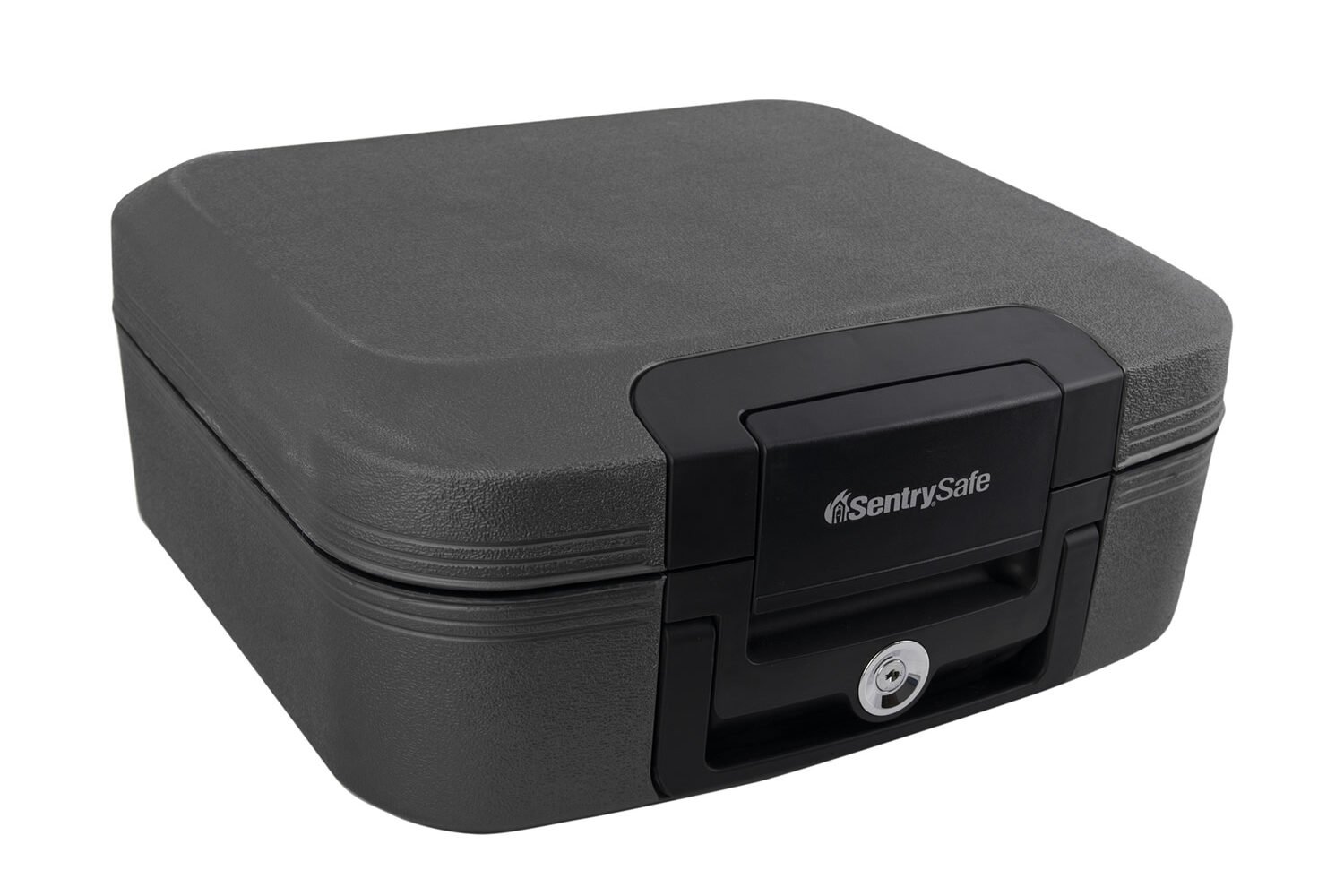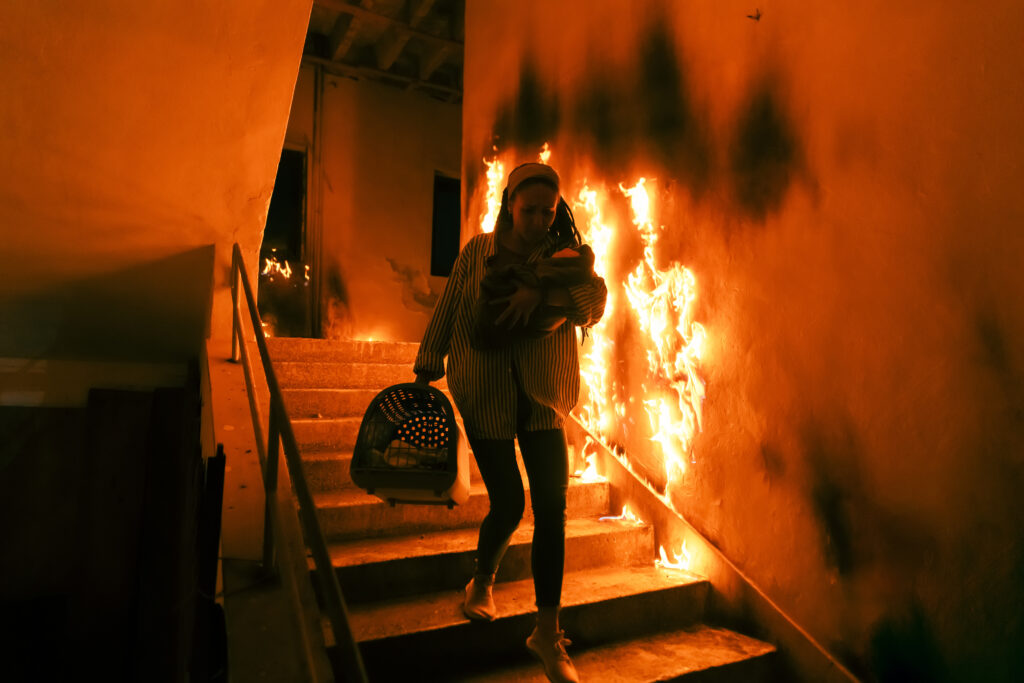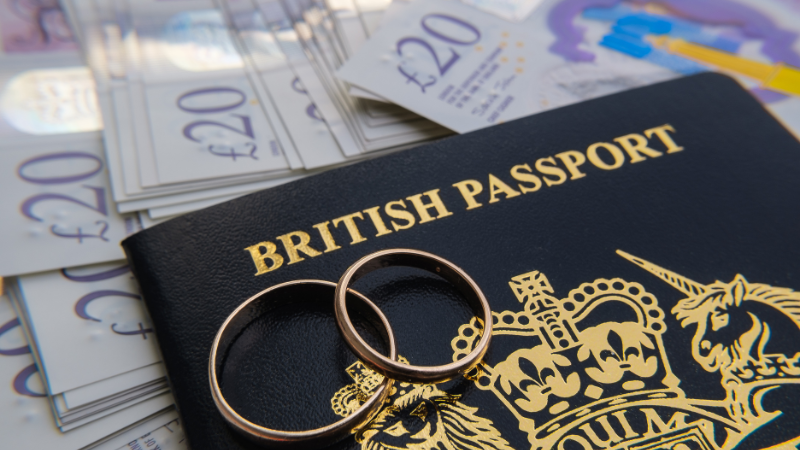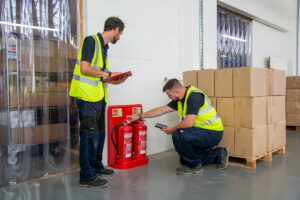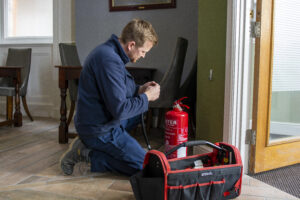Tuesday 10th September 2024
Care homes present unique fire safety challenges that demand exceptional attention to detail, particularly when it comes to fire proof doors. With vulnerable residents who may have mobility issues, cognitive impairments or require assistance during emergencies, every second counts during an evacuation. Fire doors equipped with proper fire door closers, fire door strips and fire door retainers can mean the difference between a safe evacuation and tragedy.

Why Fire Doors Are Critical in Care Home Environments
Unlike typical commercial buildings where occupants can evacuate quickly and independently, care homes rely on phased or horizontal evacuations. Many residents cannot evacuate simultaneously due to mobility restrictions, medical conditions or cognitive impairments. This makes effective fire compartmentation absolutely essential, and fire proof doors in care homes serve as the primary defence against fire and smoke spread.
Fire doors in care settings must balance two competing needs: maintaining strict fire safety standards while ensuring accessibility for residents and staff. The weight of fire doors, combined with the force required from a standard fire door closer, can create significant barriers for elderly residents, those using mobility aids, or staff pushing wheelchairs and beds through doorways.
The typical care home fire door requires a 60-minute fire rating (FD60), though specific requirements depend on your fire risk assessment. These heavier doors provide crucial additional time for staff to implement evacuation procedures, but they also present greater accessibility challenges. This is where selecting the right door closers with appropriate power sizes becomes essential – they must be strong enough to close these substantial doors reliably while not creating insurmountable barriers for daily use.
Essential Components: Fire Door Strips and Seals
The effectiveness of any fire proof door in a care home depends significantly on its fire door strips and fire door seal systems. These intumescent strips remain dormant under normal conditions but expand dramatically when exposed to heat, sealing the gaps between the door and frame. In care homes, where evacuation times are extended, these fire door strips provide vital protection by preventing smoke and flames from bypassing closed doors.
Every fire door must have properly fitted and maintained intumescent strips on three sides – the top and both verticals. For care homes, combined fire and smoke seals are particularly important, as smoke inhalation poses a severe risk to residents who may be slow to evacuate or have respiratory conditions. The smoke seal component works immediately when the door closes, preventing cold smoke from spreading, while the intumescent element activates at higher temperatures.
Regular inspection of these fire door seals is crucial in care settings. Daily use by staff, residents, and visitors, combined with the passage of wheelchairs, trolleys and medical equipment, can damage or dislodge strips. Any compromised seal reduces the door’s fire resistance rating, potentially endangering lives during an emergency.
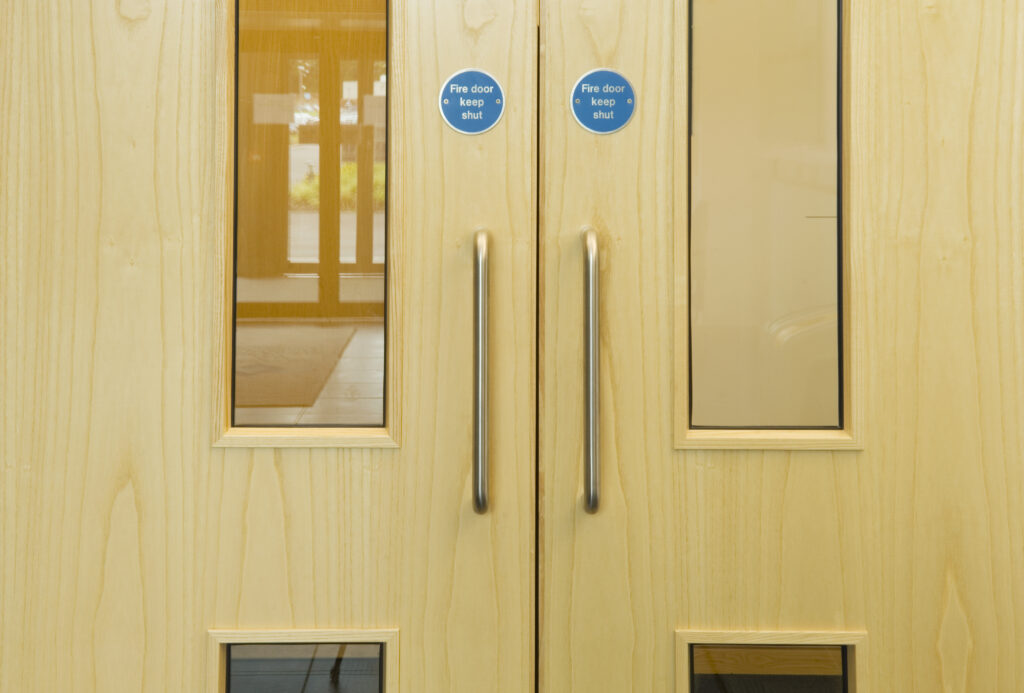
The Role of Fire Door Closers in Care Settings
A fire door closer serves a critical function in care homes by ensuring doors return to their closed position after use, maintaining compartmentation integrity. However, standard overhead closers can create significant challenges for care home residents and staff. The force required to open a door against a traditional closer can be prohibitive for elderly or frail residents, potentially limiting their independence and quality of life.
Free-swing door closers offer an innovative solution specifically suited to care environments. These devices allow fire doors to operate like standard doors with no resistance during normal use, while automatically engaging to close the door when the fire alarm activates. This technology removes the physical barrier that traditional closers present and maintains full fire safety compliance.
When selecting a fire door closer for care homes, consider the EN power size carefully. While EN3 is the minimum for fire doors, care homes often require higher power sizes due to heavier door construction and the need for reliable closure despite potential obstructions. Variable power closers allow fine-tuning to achieve the perfect balance between accessibility and safety.
Fire Door Retainers: Improving Accessibility and Safety
Fire door retainers represent one of the most significant advances in making care homes both safer and more accessible. These devices safely hold fire doors open during normal operations, improving ventilation, easing movement for residents and staff, and reducing the temptation to prop doors open illegally. When the fire alarm sounds, the fire door retainer releases automatically, allowing the door closer to shut the door completely.
For care homes, different types of retainers offer various benefits. Acoustic retainers like the Dorgard system work independently, listening for the fire alarm sound and releasing when triggered. These wireless, battery-powered units are ideal for retrofitting existing doors without complex wiring. Electromagnetic retainers connected to the fire alarm panel provide fail-safe operation, releasing doors when power shut-off is triggered by the fire alarm panel.
The Fireco Pro System offers particular advantages for care facilities, allowing multiple doors throughout the building to be controlled centrally. This networked approach ensures all doors close simultaneously during an alarm, crucial for maintaining compartmentation across large care home complexes. The system’s ability to integrate with existing fire alarm infrastructure makes it especially suitable for comprehensive fire safety strategies.
Maintenance and Inspection Requirements
In care homes, where residents rely heavily on phased evacuations, maintaining fire doors in perfect working order is paramount. Every component – from fire door strips to closers and retainers – must function flawlessly when needed. The maintenance requirements for care home fire doors often exceeds those of standard commercial buildings due to the vulnerability of residents.
Fire door inspections by qualified professionals should occur annually, with functionality checks by competent persons every six months. However, in care settings, more frequent informal checks are advisable. Staff should be trained to identify obvious issues like damaged fire door seals, malfunctioning closers, or doors that don’t close properly. Any problems must be addressed immediately – there’s no room for delayed maintenance when vulnerable lives are at stake.
Documentation of all inspections, maintenance, and repairs is essential for legal compliance and best practice. Care homes should maintain detailed records showing that fire doors, including all fire door strips and closers, meet required standards. This documentation proves due diligence and helps identify recurring issues that might indicate the need for door replacement or system upgrades.
Meeting Accessibility Needs Without Compromising Safety
The Equality Act 2010 requires care homes to make reasonable adjustments for disabled residents, but this must never compromise fire safety. Installing appropriate fire door furniture and accessories that improve accessibility and maintain fire integrity requires careful planning and expert advice.
Electronic door closers with adjustable opening forces can reduce the effort needed to open doors during normal use while ensuring reliable closure during emergencies. Hold-open devices eliminate the need for residents to struggle with heavy doors, improving their independence and dignity. These solutions demonstrate that accessibility and safety aren’t mutually exclusive when properly implemented.
For residents with specific mobility needs, consider the door’s full opening cycle. A fire door retainer might hold the door open, but if residents need to close it for privacy, they still face the resistance of the door closer. Free-swing closers address this by removing resistance entirely during normal use, allowing residents to operate doors independently.
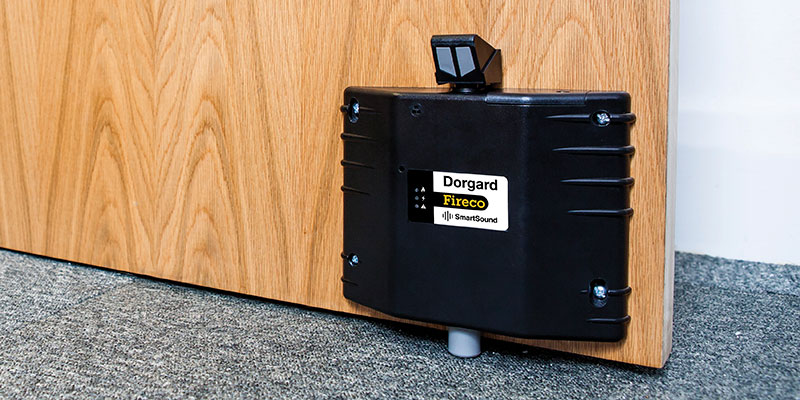
Legal Responsibilities and Best Practices
The Regulatory Reform (Fire Safety) Order 2005 places clear obligations on care home operators regarding fire doors. Failure to maintain fire doors, including ensuring functional fire door strips, appropriate closers, and proper fire door seals, can result in prosecution, especially if inadequate maintenance contributes to injury or death during a fire.
Beyond legal compliance, care homes have a moral duty to protect their vulnerable residents. This means going beyond minimum requirements where necessary. If your risk assessment specifies FD30 doors, consider whether FD60 doors would provide better protection given your residents’ evacuation capabilities. Similarly, while basic fire door strips meet regulations, combined fire and smoke seals offer superior protection for those who cannot evacuate quickly.
Staff training is crucial for maintaining fire door effectiveness. All staff should understand why fire doors must never be wedged open, how to identify problems with doors or their components, and the importance of reporting issues immediately. Regular fire drills should include checking that all fire doors close properly when retainers release, ensuring the entire system works as intended.
Creating a Comprehensive Fire Door Strategy
Developing an effective fire door strategy for care homes requires careful consideration of resident needs, building layout, and evacuation procedures. Start with a thorough fire risk assessment that considers your specific resident population, including their mobility levels, cognitive abilities and medical needs. This assessment should inform decisions about door ratings, the type of fire door closer systems to install, and where fire door retainers would be most beneficial.
Consider creating zones within your facility with different fire door specifications based on risk levels and resident capabilities. High-dependency units might require FD60 doors with sophisticated retainer systems, while independent living areas might manage with FD30 doors and standard closers. This targeted approach optimises both safety and cost-effectiveness.
Regular reviews of your fire door strategy ensure it remains appropriate as resident needs change. What works for today’s resident population might be inadequate tomorrow. Building modifications, changes in care levels or new regulations all necessitate strategy updates. Maintaining flexibility while ensuring compliance requires ongoing attention and expert guidance.
Fire doors in care homes represent a critical life safety system that must balance stringent fire protection requirements with the practical needs of vulnerable residents. Through careful selection and maintenance of fire door closers, fire door strips, fire door seals and fire door retainers, care homes can create environments that are both safe and accessible.
The investment in proper fire proof door systems for care homes, including high-quality components and regular maintenance, pays dividends in resident safety, regulatory compliance and operational efficiency. When every second counts during an evacuation, properly functioning fire doors with appropriate closers, intact fire door strips and reliable retainers provide the time needed to ensure every resident reaches safety.
Remember, fire safety in care homes isn’t just about meeting regulations – it’s about protecting society’s most vulnerable members. By understanding and implementing comprehensive fire door systems, care home operators demonstrate their commitment to resident welfare while creating environments where safety and quality of life coexist harmoniously.

